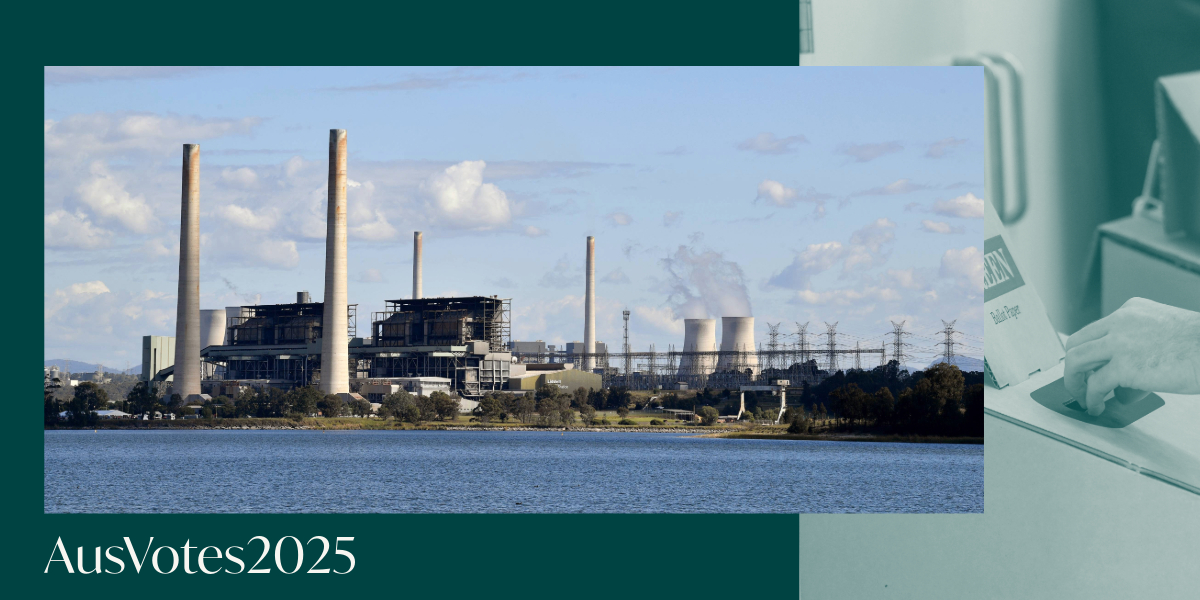Only one of seven proposed nuclear power stations could access enough water to operate at full capacity, a study has found, and more than 200 gigalitres may need to be acquired from farmers, businesses or residents to meet the shortfall.
The warning is contained in a report on nuclear power issued by the group Liberals Against Nuclear and prepared by a former head of federal government agency Land and Water Australia.
The coalition has pledged to develop nuclear power plants in five states if it wins government, and Opposition Leader Peter Dutton told a press conference he would “certainly not” back away from the policy.
Nuclear power plants proposed for Australia were expected to produce more than 13GW and operate at 90 per cent capacity, according to modelling from Frontier Economics, but the new study found only one facility could access enough water to meet that requirement.
The plant proposed for Port Augusta in South Australia was the only facility near a coastline, report author and former Land and Water Australia chief executive Andrew Campbell said, and the other six plants would face challenges.
Nuclear reactors planned for Loy Yang in Victoria, Mt Piper in NSW and Muja in WA would all require significant additional water to operate, anywhere from 7.5GL up to 125GL depending on which facility, the report said.
Plants proposed for Liddell in NSW and Callide in Queensland may need additional water in the future, the research found, while Tarong in Queensland could function with existing resources but at a lower capacity.
Additional water would need to come from farmers, industry or local councils, the Australian National University visiting fellow said, and potentially by compulsory acquisition.
“You’re either taking water away from irrigators or you’re taking it away from other industrial users or you’re taking it away from towns to try to keep your nuclear power station running,” Professor Campbell told AAP.
“Water consumption has to be part of the public debate around nuclear energy and no one’s actually had a go at putting the numbers on the table.”
If enough water could not be acquired due to existing commitments, demand, heat or drought, he said nuclear power generation would need to be curtailed as it had been in US states such as Tennessee and Texas.
The findings proved the locations identified were not suitable for nuclear facilities, Liberals Against Nuclear spokesman Andrew Gregson said, urging the coalition to drop the proposal or risk losing votes in regional areas.
But asked about a potential backflip, coalition leader Peter Dutton said he would “certainly not” relent on the party’s nuclear proposal.
“We’ll have reliable power, cheaper power,” Mr Dutton said.
“I’m very proud of the energy policy we’ve got.”
Mr Dutton said an east coast gas reservation scheme would also cut energy prices in the near-term, though he has not published modelling to underpin the claim.
Separate research released by Renew Australia for All on Wednesday found solar and battery storage solutions would be significantly cheaper for households than nuclear energy.
Labor has promised to cut the cost of a typical solar battery by 30 per cent if elected, but the $2.3 billion policy is not expected to deliver a battery for every home as modelled in Renew Australia for All’s report.
Its modelling found the average household could pay $665 more a year for a grid connected to nuclear power stations compared to $338 less if all homes had solar and batteries installed.
Follow all the New England Times coverage of the federal election here or have your say on Engage
See more about the race in New England here
See more about the race in Parkes here


